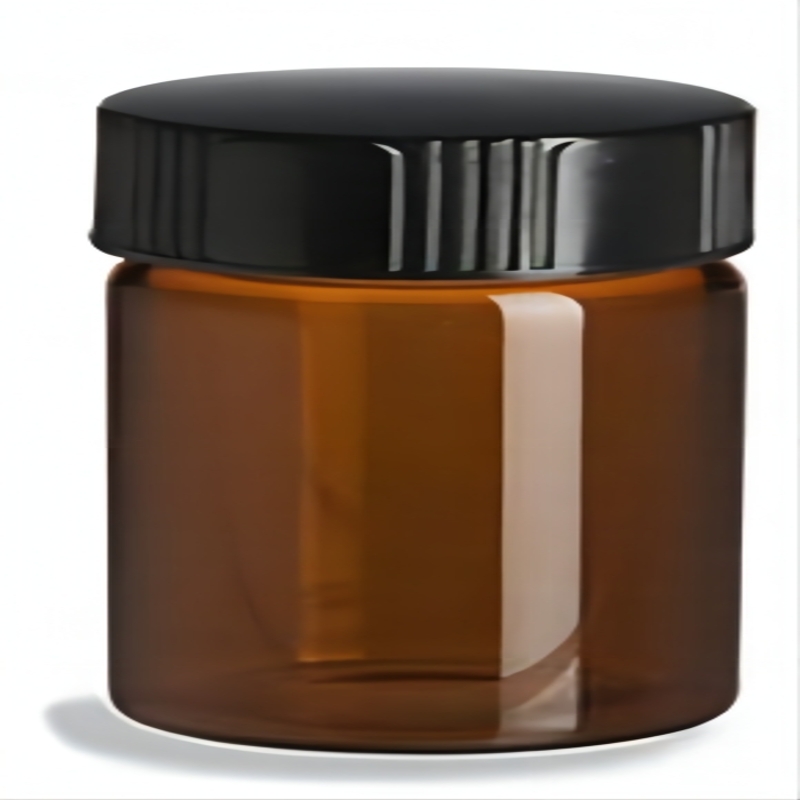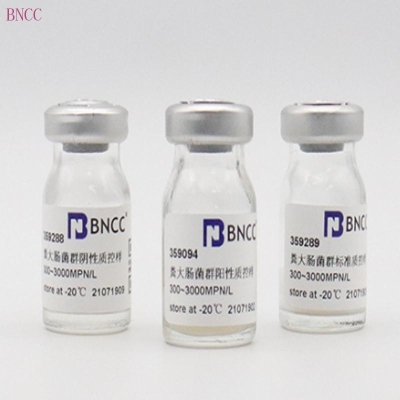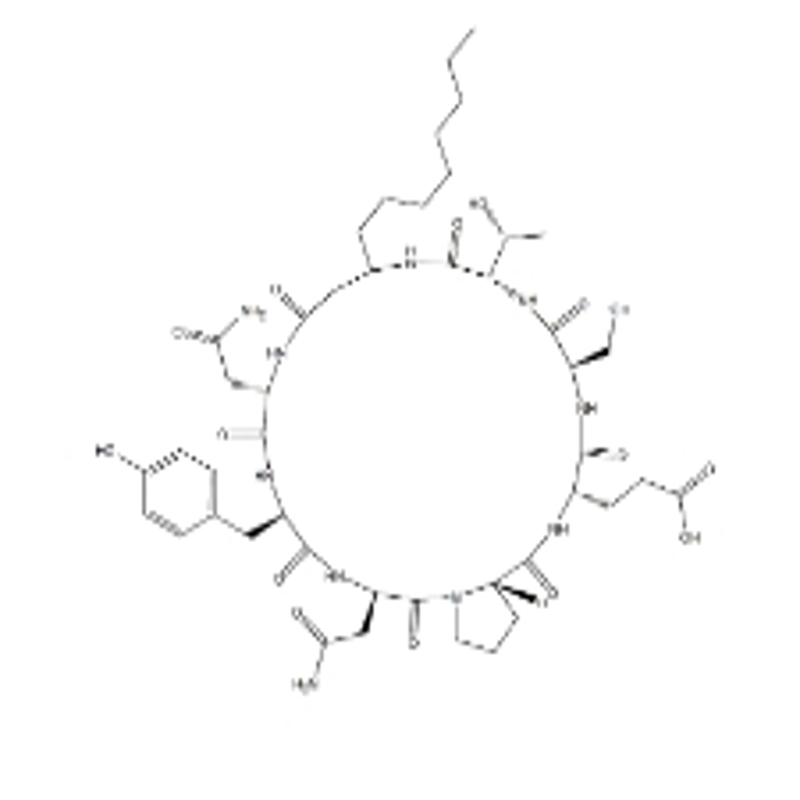-
Categories
-
Pharmaceutical Intermediates
-
Active Pharmaceutical Ingredients
-
Food Additives
- Industrial Coatings
- Agrochemicals
- Dyes and Pigments
- Surfactant
- Flavors and Fragrances
- Chemical Reagents
- Catalyst and Auxiliary
- Natural Products
- Inorganic Chemistry
-
Organic Chemistry
-
Biochemical Engineering
- Analytical Chemistry
-
Cosmetic Ingredient
- Water Treatment Chemical
-
Pharmaceutical Intermediates
Promotion
ECHEMI Mall
Wholesale
Weekly Price
Exhibition
News
-
Trade Service
Photorhabdus asymbiotica (Photorhabdus asymbiotica) is the only species in the genus Photorhabdus spp.
that has been found to cause human infections, but little is known about its pathogenic mechanism
.
Photorhabdus virulence cassette (PVC) represents a type of contractile injection systems (Contractile Injection Systems) widely distributed in bacteria and archaea
.
Many structures in bacteria, such as type VI secretion system T6SS and R-type pyocins, belong to this type of device, and they are believed to play a very important role in the pathogenicity of bacteria
.
Recently, Jin Qi’s research group from the Institute of Pathogenic Biology of the Chinese Academy of Medical Sciences published a research paper titled "Characterization of Photorhabdus Virulence Cassette as a causative agent in the emerging pathogen Photorhabdus asymbiotica" in Science China Life Sciences, clarifying that PVC is a new issue The mechanism of action of the important pathogenic source of human pathogenic non-symbiotic Photobacterium
.
In the previous work, Jin Qi's research group and cooperating units reported for the first time the cryo-EM structure of a complete PVC complex (Cell, 2019), and then discovered that an effector protein of PVC, RRSPPa, can affect the phosphorylation level of CDK1.
Cell proliferation (Front.
Microbiol.
2020), however, how the effector protein is assembled into PVC and what type of host cell PVC directly affects is still unknown
.
In this study, it was further found that the two effector proteins of PVC, Pdp1 and Pnf, can be stuffed into the inner tube space of PVC in a way similar to "pea-pod", and then directly transported to mammalian macrophages to play.
Toxic effects
.
Among them, the Pdp1 protein belongs to a ubiquitous type of dual-localized dNTP pyrophosphatase (pyrophosphatase), with a DxDxxD active site
.
It is distributed in the nucleus and microtubules, and affects cell activity by degrading dNTPs in the cell
.
Pnf is a type of deamidase, which affects the formation of the cytoskeleton by deaminating intracellular Rho-GTPases (RhoA, Rac1, Cdc42), and ultimately leads to cell death
.
Widely distributed Pdp1 is a dNTP pyrophosphatase effector protein with dual localization in mammalian cells.
This study not only clarified the assembly method of the two PVC effector proteins, Pdp1 and Pnf, but also revealed their mechanism of action and the direct targets of the PVC device.
.
It lays a solid foundation for the follow-up in-depth understanding of the pathogenic mechanism of non-symbiotic Photobacterium and the transformation and utilization of PVC
.
Wang Xia, Institute of Pathogenic Biology, Chinese Academy of Medical Sciences, and Cheng Jiaxuan, School of Life Sciences, Peking University, are the co-first authors of this article, and associate researcher Jiang Feng and researcher Jin Qi are co-corresponding authors
.
For details of the research, please read the original text▼[click the link below or read the original text] Wang, X.
, Cheng, J.
, Shen, J.
, Liu, L.
, Li, N.
, Gao, N.
, Jiang, F.
, and Jin, Q.
(2021).
Characterization of Photorhabdus Virulence Cassette as a causative agent in the emerging pathogen Photorhabdus asymbiotica.
Sci China Life Sci 64, https://doi.
org/10.
1007/s11427-021-1955-4







